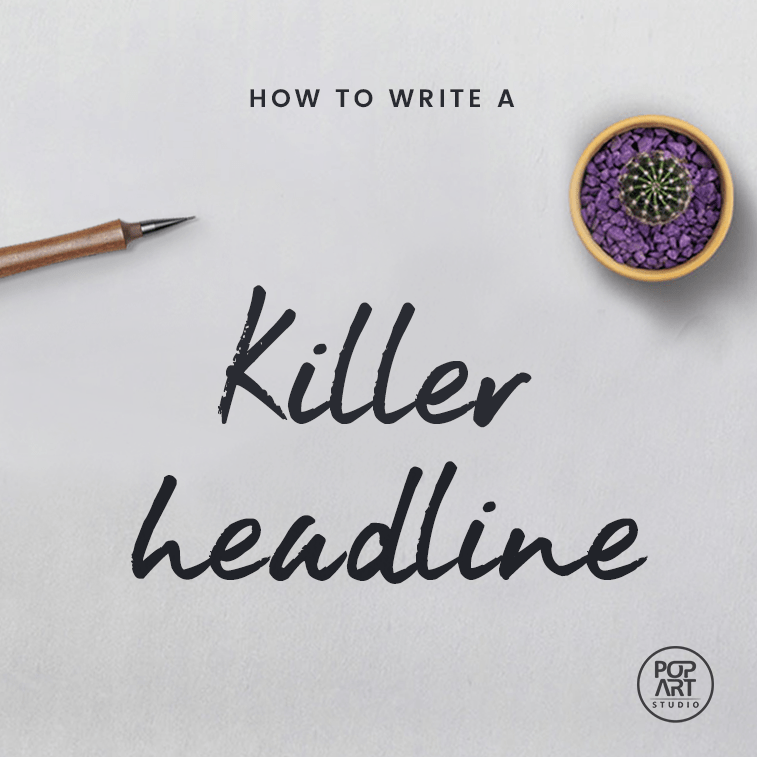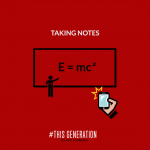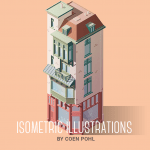Headlines are magnetic. Going hand in hand with great graphic images, and their titles are what attracts visitors to your post, page or article.
An alarming news recently hit the blogosphere when Facebook announced that they are putting an end to clickbait headlines, allowing their users to get more of what they actually care for in their news feed – such as pictures of their friends and family, rather than “The Dog Barked at the Deliveryman and His Reaction Was Priceless” type of headlines. This means not only the users want quality headings – but algorithms as well.
If you are a social media beginner or just an entrepreneur trying to figure out how things work on the web – here are some tips on writing magnetic headlines.
Why Headlines Are So Important
Not only do headings attract page visitors, but search engines as well. The odds are that real people will click on your link if the headline sounds interesting to them – but what happens if the content does not fit in its supposed title or headline?
Seven hells, that’s for sure.
You can get lots of negative feedback on social media, for starters.
Moreover, you can even get punished (by Google, e.g.) and your page can end up being on the 20th page of SERP. And this is certainly what you do not need (this is what is called bad SEO practice).
You need visibility. You need authority. And great headlines can help you with that.
Hit different channels
If you are working on social media today, you need to think about writing in different formats. For example, Twitter allows you to publish posts with a maximum length of 140 characters (with spaces) – and, in some cases, this restriction can sometimes be a problem, whereas in other – it can inspire creativity beyond your wildest dreams.
Buffer recently reported that content needs to draw the attention of many a person, meaning that it needs to catch an eye of an average Facebook, Twitter, LinkedIn and even Google’s user. This means that a headline written for a blog article should be rewritten, so to say, to meet the requirements and expectations of your audience on each of the aforementioned sites.
For example, a headline of this article posted on Facebook that would attract clicks and shares should be written like this:
15 tips on writing killer headlines
For Google search – you would have to use topicalization:
Copywriting tips: How to write a killer headline
On a homepage:
How to write a killer headline: 15 tips for your blog
Can you spot the difference?
What you should take away from this is that headlines need to be designed for different audiences. Every social network has its own type of users who have certain expectations. Hubspot recently discovered that “headlines consisting of 11 or 14 words in length are shared the most across social media”, meaning that you should definitely stop writing short, concise headlines.
15 Tips on Writing Good Headlines
1. Attractiveness. The main goal of a text title is to attract readers. If it fails the only job of letting the reader down, it can lose a bunch of other ones as well.
2. Usefulness. People read in order to learn new things, so make sure that your headline is useful and provides readers with new, functional information. And the longer – the better – at least, according to HubSpot.
3. Up to the point. It often happens that people start writing with one idea which then leads them to another one, and then another one, and then endlessly, on and on it can go. In order to avoid having a misleading headline, try writing it only after you have already finished writing the body of the text. Having read everything from the beginning till the end, you can start revealing at least ¾ of the essence of the article embodied in your headline.
4. Curiosity. Even when you reach the point of the article with its specific title, make sure not to reveal all the important information from your article. Make the readers curious about the text and leave them something to pick up after they have read the text themselves.
5. Conciseness. You probably think that writing a short headline which consists of 2-3 words is the best idea ever, however – as we have already mentioned – it turns out that those consisting of 11 to 14 words have proven to be informative enough and attract clicks and shares on social networks. If it is longer than 15 words, the reader will find it harder to scan the title and get to the article. And this is the opposite of what you want to achieve.
6. Controversy. Spicing things up a bit will not do any harm, just hold your horses and try not to go wild.
7. Specificity. Generic headlines do not work, so it is always best to avoid writing things like “Advice on XY” and write “15 tips on XY” instead.
8. Journalistic. If you lack ideas, try finding inspiration in a prestigious newspaper, weekly magazines and the like (of course, avoid yellow journalism at all costs!). Copying the style of good writers, experienced in writing informative headlines is a thing people do as their professional vocation.
9. Blogging. The same goes for blogs. Look for relevant blogs that have a lot of visits and followers and try to get through their headline-writing style. There must be a pattern.
10. “How to…”. This kind of headlines are meant for step-by-step instruction articles and if you are writing one such – do use it to your advantage.
11. Numbered lists. If you have no idea what to write as your heading – you can always go with numbered lists, such as “15 tips on…”. In fact, numbered lists are so great that we had to restrain ourselves from giving this article such a headline.
12. Asking questions. If you ask a question in a title, the reader will naturally expect to get an answer to the question in the paragraphs below. You can use this strategy on two occasions: (1) when your article is such, and (2) when lacking inspiration.
13. Balanced. Killer headlines are those which are perfectly balanced between boring and exaggeratingly interesting. Find that perfect middle ground and go with it.
14. Check before you publish. Before you publish your article, make sure to read it one more time, paying special attention to headings and subheadings. These are the places where errors often hide in – and the more reason for this last check is that people often scan them and may decide not to read the article if they find errors in them.
15. Start from the top. Even though we have advised you not to go astray by writing the title last, you can try to do the opposite: come up with a general title, then write the article, and then – taking into account all of the aforementioned – edit your draft version and create a killer headline, which is concise, balanced, interesting and useful for the reader, without revealing too much.
Final words
As you can see, having a good idea for an article is not the only thing you need – it requires more work, including designing a magnetic headline which is your ticket to the reader’s heart. Never fail your readers and write titles that are up to the point.
After all, there is no such thing as a perfect headline since there are no perfect readers and no perfectly satisfying texts – someone will always manage to find a flaw in them. The sooner you accept this, the better.
Like this article? We have some more for you:





